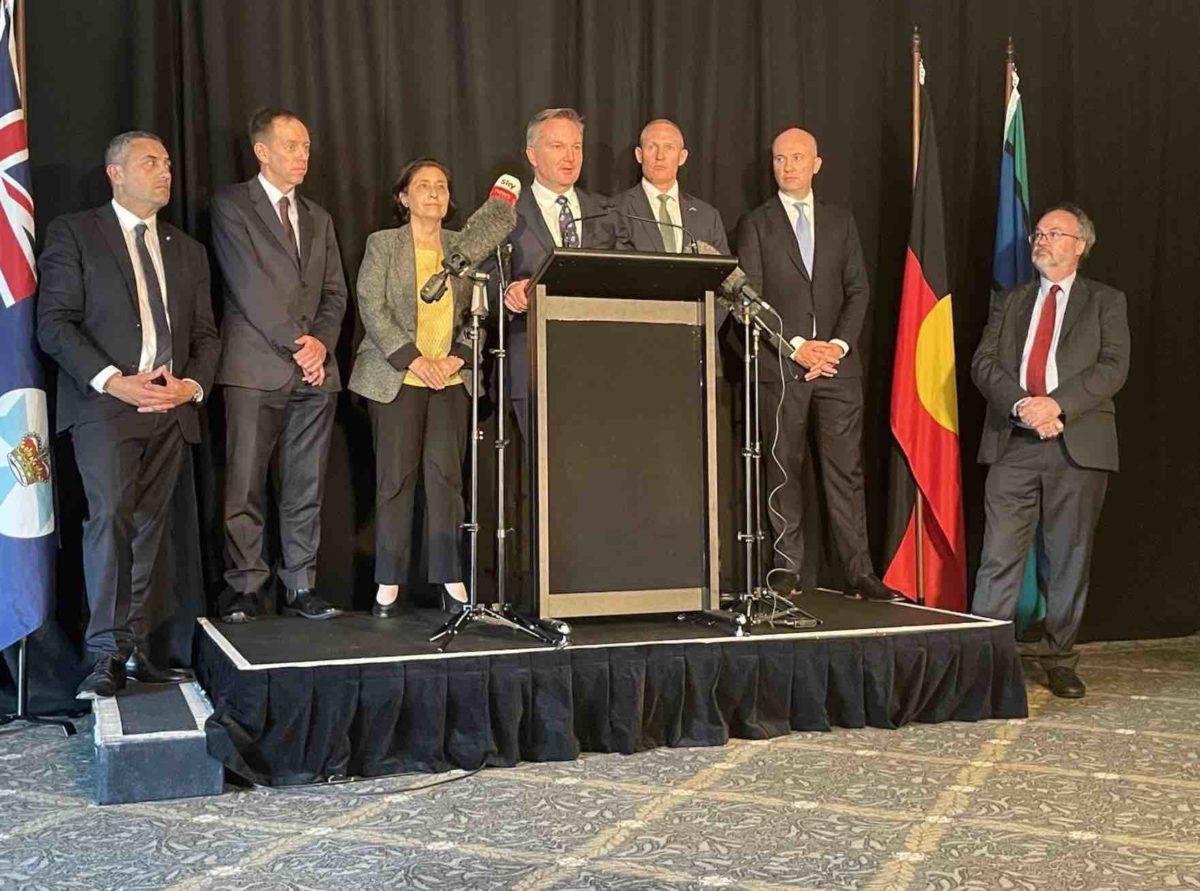The institutions that govern the running of Australia’s main grid are looking to change the definition of reliability to cope with changing supply and demand patterns of a system dominated by wind and solar and increasingly exposed to “tail-risk” events.
The Reliability Panel, which sits under the auspices of the Australian Energy Market Commission, says it is looking to add a “tail risk” metric to its traditional measurement of “unserved energy” for future assessments of grid reliability.
But it also wants to refine the traditional assessment of “unserved energy”, because it says the extremely tight “interim standards” imposed by energy ministers fearful of the political cost of outages will be too costly to meet.
Tail risk, the panel says, refers to the risk of large, low probability outcomes which could come when the grid is already under intense pressure because of a combination of high demand, low supply, and depleted levels of storage or back up facilities.
The review is also likely to review the way the “administered price cap” works.
That price cap was double last year in the face of the massive price spikes caused by the jump in the cost of fossil fuel production, particularly gas, and it is looking at indexing the price cap to gas prices as a way of mitigating the disastrous stand-off that occurred between generators and the market operator last year.
In a way the reliability panel is facing similar challenges to those facing grid operators more than a decade ago, when the increased use of air-conditioners and soaring demand was used as justification by network operators for what became known as “gold-plating” the grid.
That demand never emerged at the scale predicted, and consumers have been paying the added cost of gold plated networks ever since.
“No power system can be 100 per cent reliable. Rare, or unforeseen and unplanned reliability events can occur,” the panel says in its latest discussion document.
“Building a system with sufficient capacity to avoid any outages is prohibitively expensive, as it would involve significant over-capitalisation in power system assets leading to much higher power prices than consumers would be willing to pay.”
The challenge facing the reliability now is to try and gauge how important it is to plan for “tail risk” events, particularly as the climate patterns become more extreme, and how tolerant consumers will be (and how brave politicians will be), in the face of outages or loss of supply.
The current reliability standard is set at 0.002 per cent of unserved energy, which means a consumer can expect some “load shedding” one in every three years.
Energy ministers – possibly realising that this means one event between every election – decided this risk was “excessive” and approved an an interim reliability standard of 0.0006 per cent – which means load shedding once in 10 years, or once in two and a half state terms, or once every three or four federal terms.
The panel, though, thinks this standard of 0.0006 per cent is excessive and would result in more costs than consumers are willing to pay for, which is why it is now looking for other definitions that can take into account new risks.
These risks include such as “dark doldrums”, or “dunkelflaute”, where there are unusually widespread and prolonged reductions of both sunlight and wind, or it could include transmission outages, ageing coal plant failures, or other “acts of God,” or should we say acts of climate change.
Even the very forecasting of “dark doldrums” is complicated by changing weather patterns, which are becoming more extreme and mean that using historic data is not adequate for accurate forecasts.
“The nature of renewable droughts, which require long periods of weather that is similar over time (no wind, no sun), means that the Panel will need chronologically consistent weather and cannot simply over-sample from the more extreme parts of the historic weather distribution,” it notes.
“As such, the panel is considering the need to develop a number of chronologically consistent, weather biased solar, wind and demand adjustments to be applied to existing model inputs.
“That effectively means that the modelling will adjust the period-by-period shape of the demand profiles and solar and wind inputs to reflect a lower solar and wind contribution and rerun the simulations.”
The panel notes that different countries have different measurements and different standards – some defined as loss of load expectation (LOLE), loss of load probability (LOLP), or loss of load hours (LOLH).
LOLE is defined as the expected proportion of time for which the available generation capacity is insufficient to meet demand at least once per day. LOLE is commonly used in Europe, where Ireland targets a LOLE of eight hours per year; France targets three hours per year, and the Netherlands targets four hours per year.










